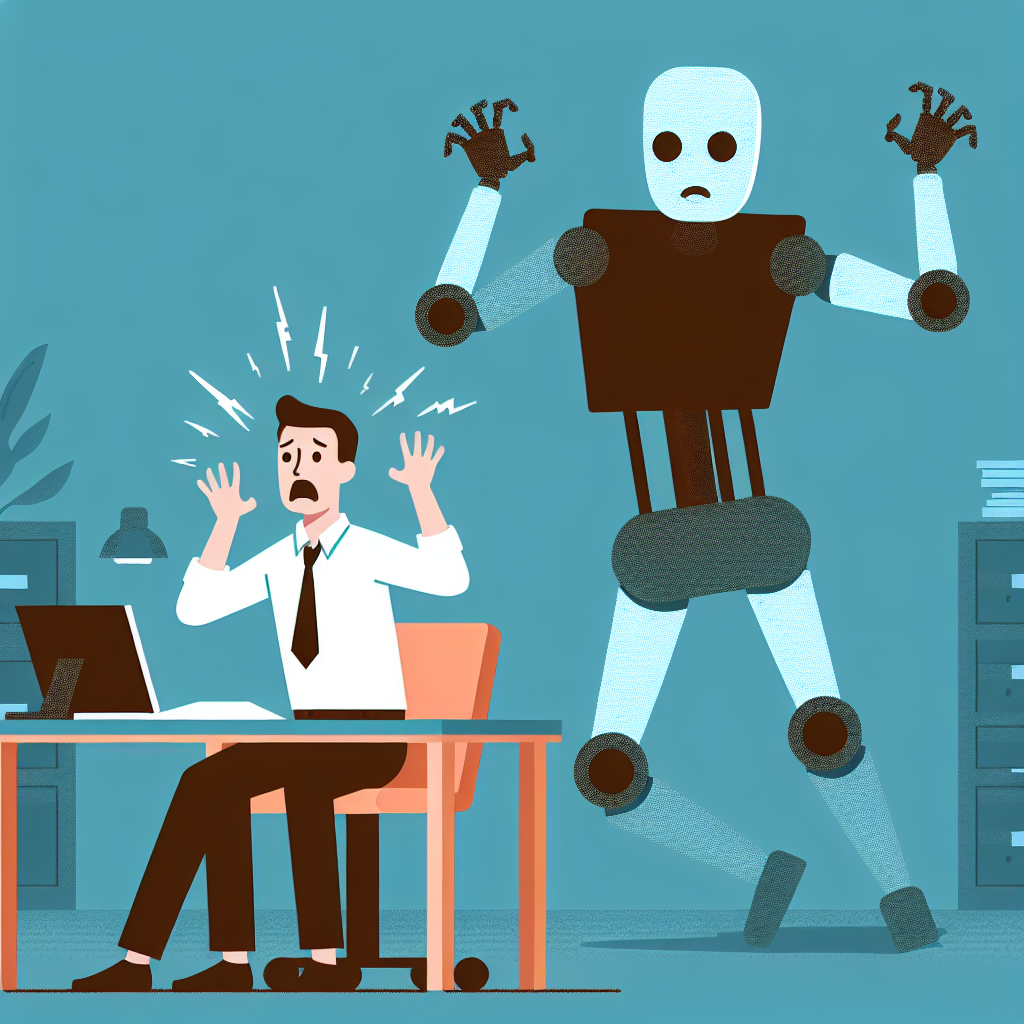At the start of the 19th century, a New England businessman called Frederic Tudor got the idea to sell ice in the Caribbean. After an initial failure (the ice melted), Tudor built ice houses to preserve the ice and succeeded. Ice trade grew into a lucrative global business that transformed the food industry and employed around 90,000 people in the US at its peak at the end of the 19th century. Eventually, factories started to produce artificial ice, and before long, this artificial cooling technology known as the refrigerator was adopted everywhere, and the industry petered out.
This is a typical story of what happens when a new technology disrupts an industry. The process of disruption, as described by Clayton M. Christensen in The Innovator’s Dilemma, is a ubiquitous process by which a lower quality but cheaper product opens up a market for new, underserved segments and outcompetes existing alternatives. Today, the same process is happening not with ice but with Artificial Intelligence (AI).
What is rarely considered is the impact of such disruptive technologies on the workforce, that is, the people working for incumbents impacted. For these people, the innovation is a threat, like the artificial ice machines were to employees of the ice industry workers. Employees faced with such a threat tend to exhibit one of the three basic fear responses that all animals show: fight, flight, or freeze (pun intended). These responses are hardwired in our nervous system.
A typical fight reaction is to aggressively deny that the AI can or should do anything that I can do. This comes in different variants. The first focuses on implausibility, like your coworker who was a social media content creator and thought that AI would never be able to do what he does (he now works at McDonald’s).
A variant focuses on dismissing on account of its inferior quality, such as when you have tried this new ChatGPT thing and typed three questions, and it said something funny. Odds are that you, like me, asked ChatGPT to describe yourself as one of your first three questions. It told me that I was known for my work in the field of science fiction and fantasy and had written several novels and short stories. Much as I like this alternative identity, it is not correct.
A third reaction pattern focuses on restricting AI, like the Writer’s Guild of America strike, which, among other things, aimed to limit the use of AI. This is a modern variation of the Luddite movement, which destroyed textile machines in the early 19th century to preserve their jobs.
The fight response rarely pays off in the long run, though. Faced with disruptive innovations, the workplace will change whether you want it or not. A fight may postpone it for a while or carve out smaller niches of resistance, but history from the ice trade to the telegram has shown that you cannot win against genuinely disruptive innovations.
The flight reaction, on the other hand, is when you quit your job to become an artisan cupcake pastry chef or social media yoga instructor. This is a reasonable reaction pattern if you are already fed up with your work and want to follow your passion. But it is riskier if you run away from your job to find a safe haven where artificial intelligence will not impact you. There may be exceptions like Japanese gameshow inventor, professional snuggler, or dog surfing instructor where even the deepest neural network might come up short in the foreseeable future. Still, it is unlikely to be a sustainable strategy.
The last action pattern is to freeze and imagine that AI is simply not there. Examples include when, after a weeklong course in the wonders of AI, you come back to the office, and the first thing you do is open Word and Excel, turn on the FM radio and peek at the fax machine for signs of any activity. The obvious danger with this approach is that it quickly gets ridiculous (although I admit I have seen this approach taken to surprising extremes). Wishing something away will not make it go away.
Rather than following your reflex-based response to AI as a threat, you should reconsider the nature of AI. Like other disruptive technologies, AI is a threat only insofar as change itself is a threat. But since at least the time of Siddharta Gautama (Buddha) and Heraclitus more than two thousand five hundred years ago, it has been clear that change is the only constant in the world. The real challenge is, therefore, to curb our instinct-based fear of change and work with, not against, artificial intelligence. We must figure out how AI can work for us, not against us. That means you need to start studying and experimenting with AI. An exercise to get you started is to ask ChatGPT to write something flattering about yourself as I did: “You are a remarkable and unique individual with qualities that make you truly special. Your presence brightens the lives of those around you, and your kindness and compassion have a lasting impact.” That will set you off on an auspicious path in alignment with the AI future.
